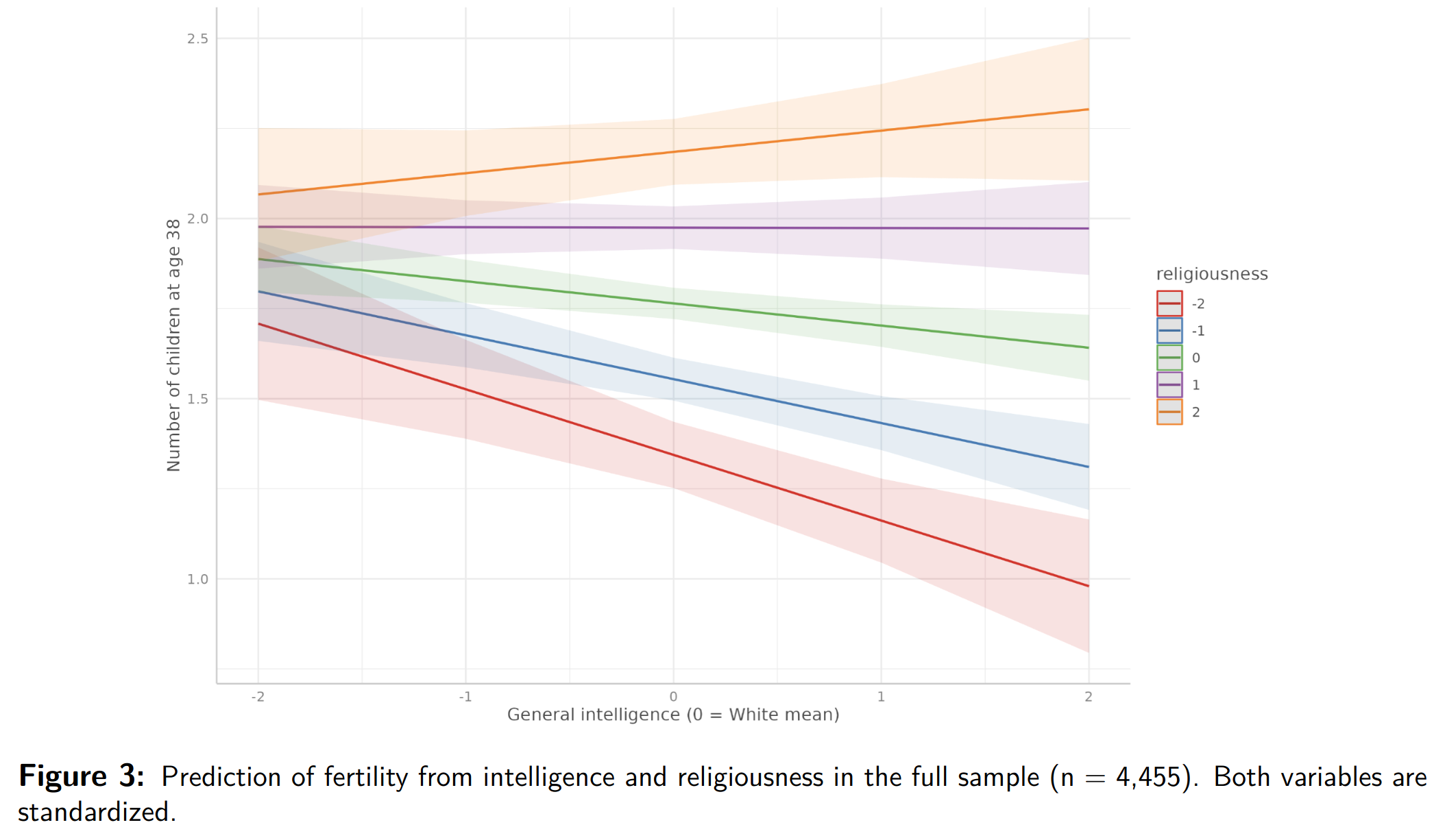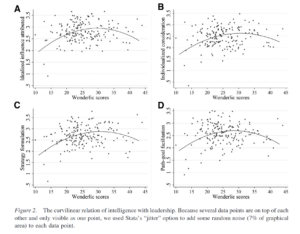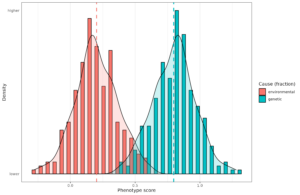Some time ago, Ed Dutton and I published a study showing that in the USA, being a member of the Mormon club seems to protect one against having a dysgenic fertility pattern for intelligence. In plain language, in the total population, more intelligent people have somewhat fewer children on average (this varies by country). However, this negative correlation is absent or maybe even reversed (positive) among Mormons. Visually:

Due to the small numbers of Mormons, and the need for complex cohort and age controls, the exact slope of fertility ~ intelligence for the Mormons was hard to estimate precisely, hence the big confidence interval above.
The Mormon study was based on the General Social Survey (GSS), a large American dataset. There were some problems with this. First, the intelligence measurement is poor to mediocre, being the 10-item Wordsum vocabulary test. Second, religiousness was not measured as a continuous construct, but by self-reported membership of different religions or their subdivisions (denominations). Thus, the power is much reduced as mere membership is a proxy of the more relevant trait of general religiousness, or perhaps some more specific religion related traits.
In the new study, we sought to remedy both of these issues:
- Dutton, E., & Kirkegaard, E. O. W. (2024). Does Conservative Religiousness Promote Selection for Intelligence? An Analysis of the Vietnam Experience Study. Mankind Quarterly, 64(3), Article 6. https://doi.org/10.46469/mq.2024.64.3.6
Previous research has indicated that religiousness may moderate the negative effect of intelligence on fertility which is found in modern populations. We studied this question using the Vietnam Experience Study, a public dataset of 4,462 American Vietnam-era veterans. In line with prior research, we found that, net of controls, intelligence predicted lower fertility, β =-0.06 (p = .003), and religiousness predicted higher fertility β = 0.21 (p < .001). The expected interaction, intelligence * religiousness, was also found (β = 0.06 (p = .002). The results show that above average religiousness is associated with a neutral or positive fertility pattern regarding intelligence, while average or below average religiousness is associated with a negative fertility pattern. The results held when the White subsample was analyzed separately (intelligence · religiousness β = 0.09 p < .001). Finally, the negative relationship between intelligence and fertility seen in the dataset showed a strong Jensen Effect in the expected direction (n = 19 tests, r = −.73).
So, yes, it is yet another study based on the ever relevant Vietnam Experience Study dataset (which is public thanks to our efforts). In the dataset, subjects answered more than 550 yes/no questions from the MMPI-2 (Minnesota Multiphasic Personality Inventory). This is perhaps the weirdest test of mental illness since the questions don’t have any overall theme, except that they serve to distinguish mental hospital inhabitants from ordinary people (in the 1940s). Consequently, it features very varied questions, some of which measure religiousness. We used 12 of these questions to form a general religiousness scale:

Overall, this scale works well. Reliability was 0.84 (IRT-based, uni-dimensional).

And the distribution was fairly normally distributed, with an atheist cluster in the left tail. In terms of fertility, things looked relatively normal too:

Note that this is for age 38, which is the average age of the men in the sample in 1985 when they took part in this study. There is no later follow-up, so we don’t know how many children the men had after this date. We can’t do anything about this problem, except to control for age in the regressions. Here’s the models:

So, in the first model (in columns), we see the familiar dysgenic effect, here with a beta of -0.10, as well as a positive effect of religiousness of 0.22. In model 2, adding controls for age and race reduced the dysgenic effect to -0.06 (note also that Blacks and Hispanics have higher fertility even controlling for religiousness and intelligence). Model 3 then examined the proposed interaction effect, which was found and was 0.06 (p = .002). Model 4 used only the White subset to see if it was still there, which it was, 0.09 (p < .001). Model 5 looked at the much smaller Black subset, and found nothing much. But power is low, so this doesn’t mean much. It could be fed into a future meta-analysis. Visually, model 3 looks like this:

The colors show a 5-way split of religiousness, and with intelligence on the X axis, and number of children on the Y axis. We see that at the average level of religiousness (green = 0), there is a slight negative slope. That’s what the model above show (beta = -0.06). However, the interaction effect is present such that the slopes are different for people who vary in religiousness. For those who are 1 standard deviation more religious than average (purple), there is no dysgenic effect for intelligence (flat slope), and for those who are more religiousness than that (yellow = 2 standard deviations more), the slope is positive (smarter people have more children on average).
There may be some statistics nerds among the readers who will object that using OLS (linear regression) with a count variable (fertility) is a no-no. Well, for the benefit of this small minority of readers, I am happy to say that using 3 different count-variable models confirmed the results.

Now, there will be some other readers who are wondering: yes, but is it on g? The answer is yes:

What the plot shows is that the tests (there are 19) with stronger g-loadings (better measures of general intelligence), show more negative relationships with fertility. Thus, it seems that it is intelligence itself that is negatively related to fertility, not merely some non-g factors.
If we grant the causality of these findings, one could speculate that the decline of religiousness in the last 100+ years is one of the factors causing modern dysgenics. In the same vein, then, if high religiousness could be boosted, or simply re-evolved, this would reverse the dysgenic fertility pattern. This finding is thus of critical interest to those interested in a kind of Christian hold-out scenario. In this potential future scenario, Western civilization crashes in the same way the Roman empire did, but where some Christians (or Pagans?) retain an area somewhere (‘Neo-Byzantium’ or Orania in South Africa), and in this area, they are able to re-evolve the high intelligence needed to launch civilization anew. This kind of scenario of course assumes the failure of any biotech eugenic approach to solve the problem in another way. I think the latter is more likely, but this finding would suggest there is a back-up solution in case the biotech rescue plan fails (e.g. regulations prevent it from being common).
From a replication crisis perspective, I would also like to point out that this study shows that when one doesn’t cheat with the statistics, even small interaction effects can replicate.

